Come along as I repair and restore a beautiful Thorens TD-125 Mark 2 turntable that gathered dust and dirt for many years.
The Thorens TD-125 clearly hadn’t been operational in a long time and when my friend’s father – Neil, the owner – expressed disappointment that he wasn’t able to play his records anymore, I decided to completely repair and restore it for him.
Thorens TD-125 Specifications
Courtesy The Vintage Knob
| Speeds: | 16 2/3rpm, 33 1/3rpm, 45rpm |
| Pitch control: | ± 2% with a stroboscope |
| Drive: | low-speed synchronous motor with rubber belt-drive and elastic suspension |
| Platter: | 30cm / 3,2kg zinc alloy; dynamically balanced |
| Speed accuracy: | ± 0,08% |
| Rumble level: | -48dB (DIN 45539 unweighted), -68dB (DIN 45539 weighted) |
| Power consumption: | 15W |
| Dimensions: | 44 x 12 x 34cm (TD-125 & 125II), 50 x 12 x 34cm (TD-125LB) |
| Weight: | 14,5kg |
Issues
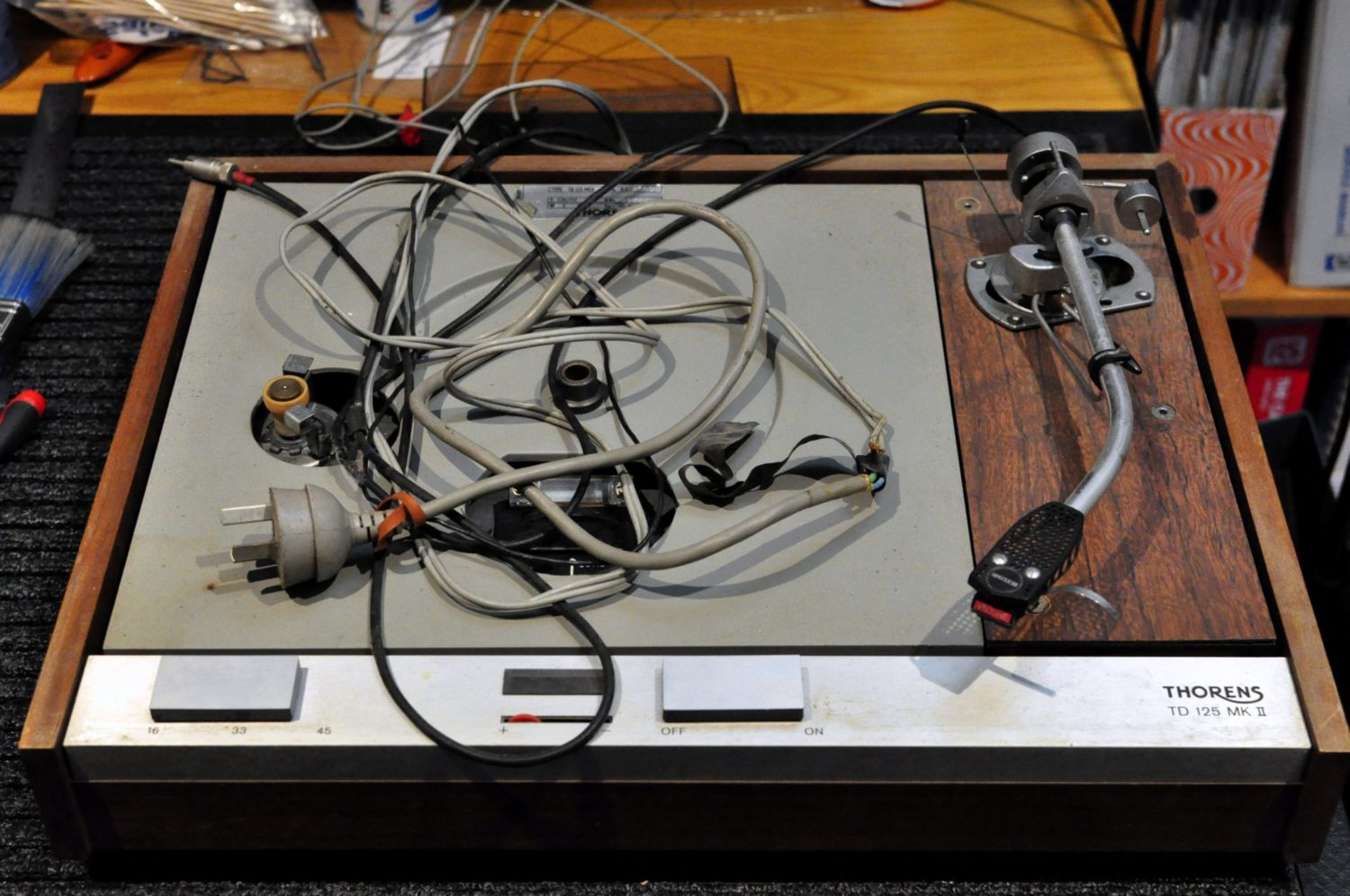
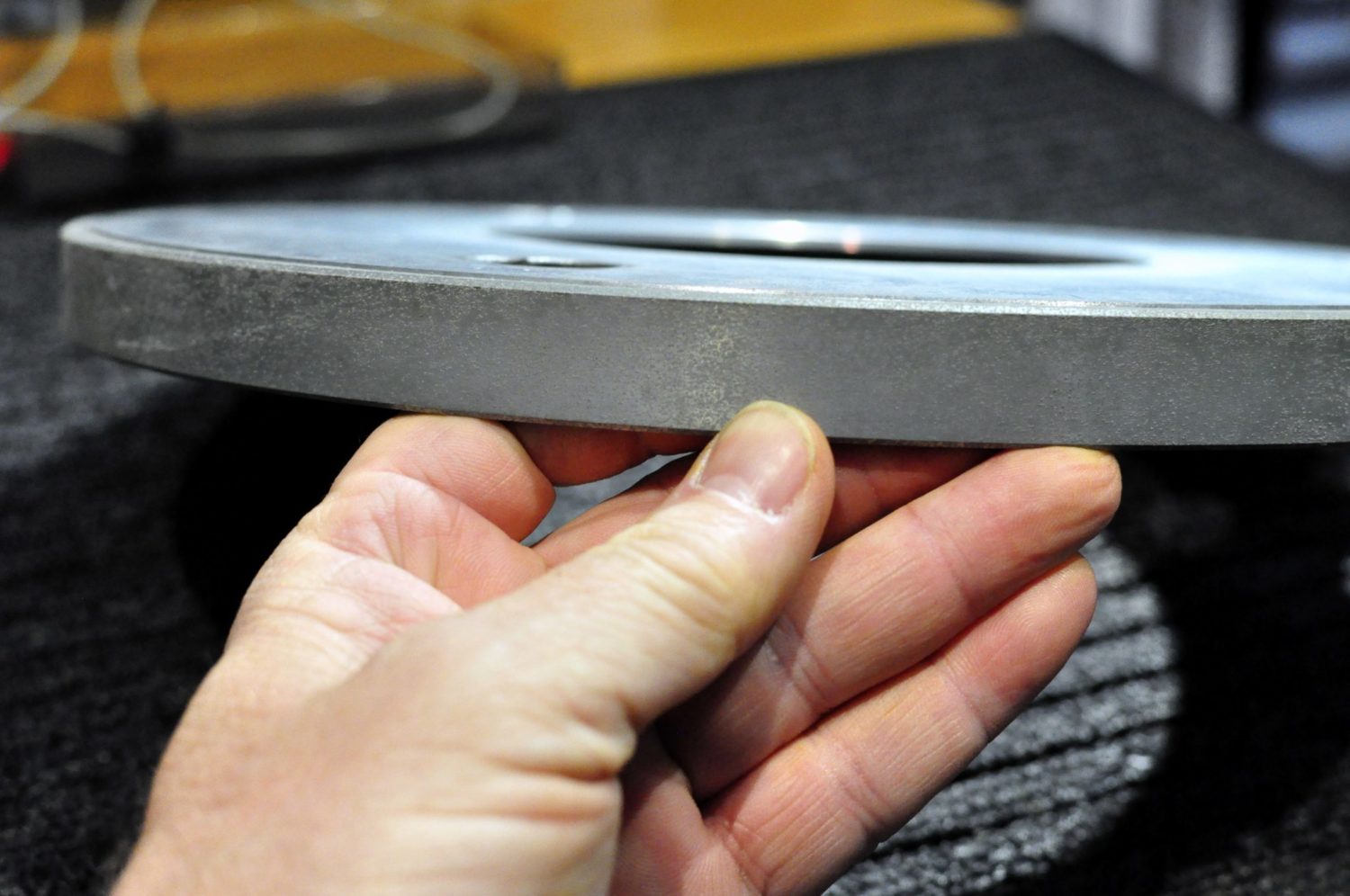

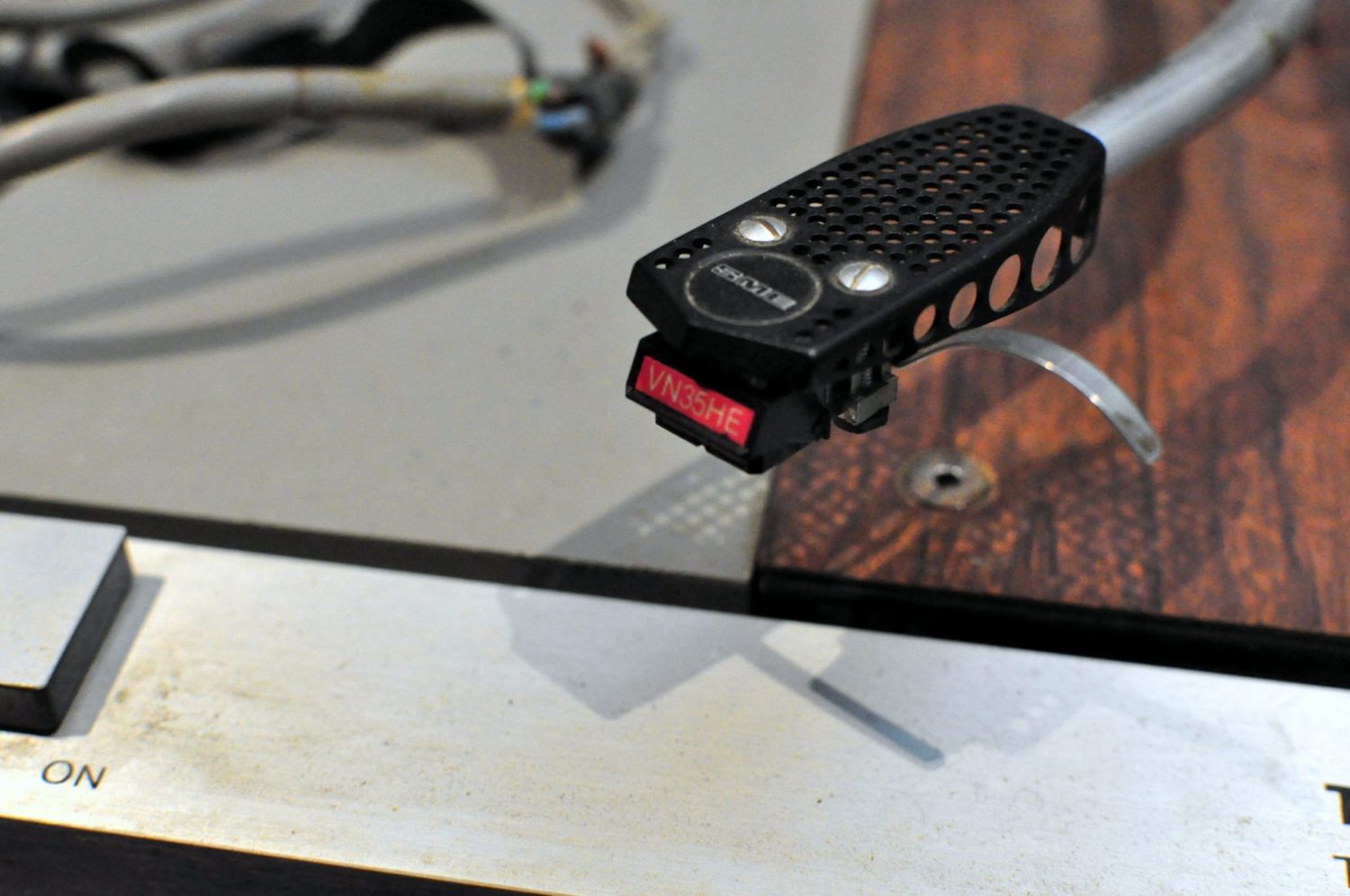
Cleaning
I have a basic approach with restorations like this one. It involves first stripping the deck of all large parts and setting them aside for cleaning. In this case, I removed the lid, platter and mat of the Thorens TD-125.
I then use a special foaming cleaner to remove dirt, dust, cigarette residue and grease from every component. This is a slow process but yields great results. I also usually wash rubber mats in a mild detergent solution in warm water.
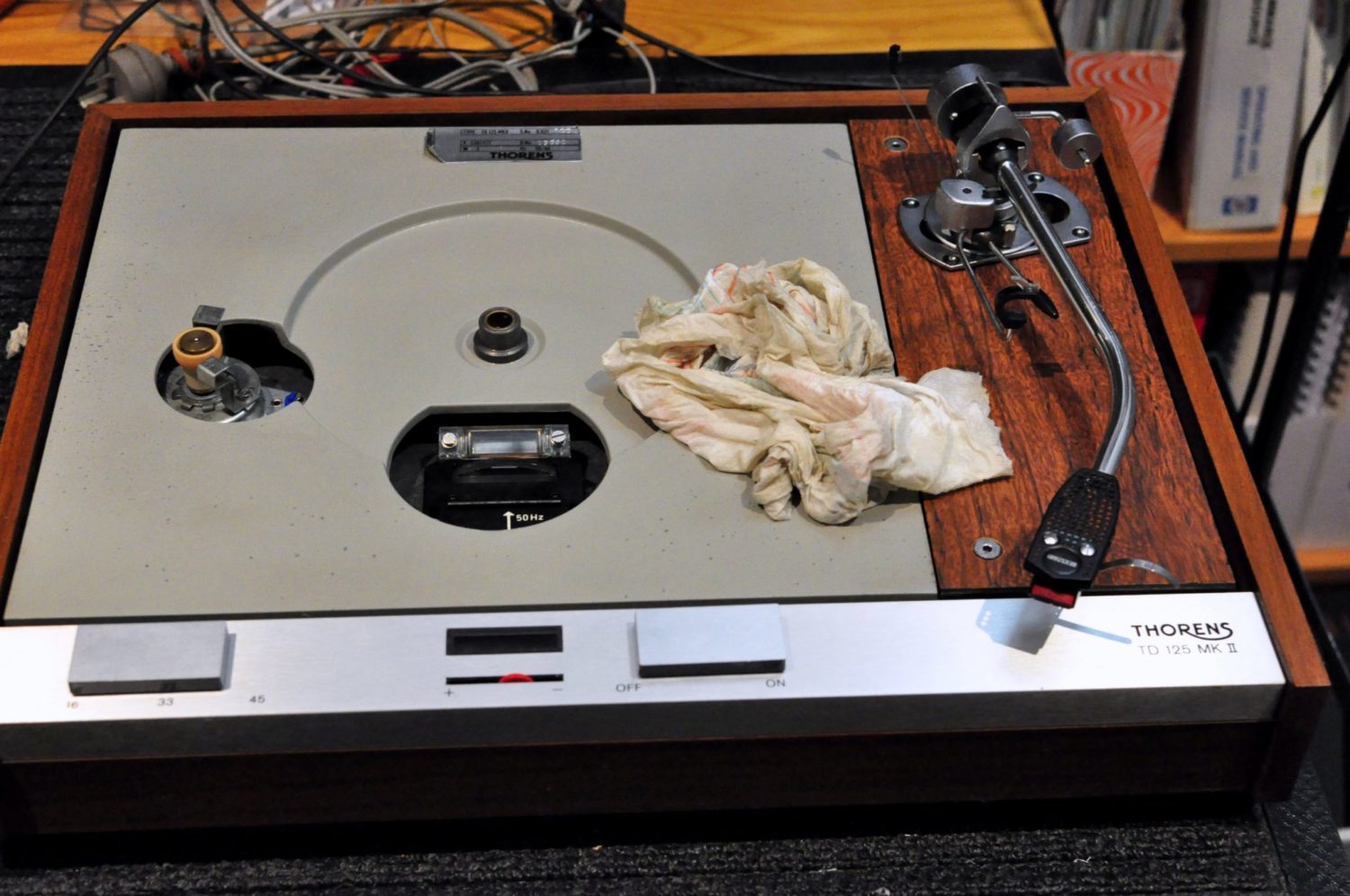
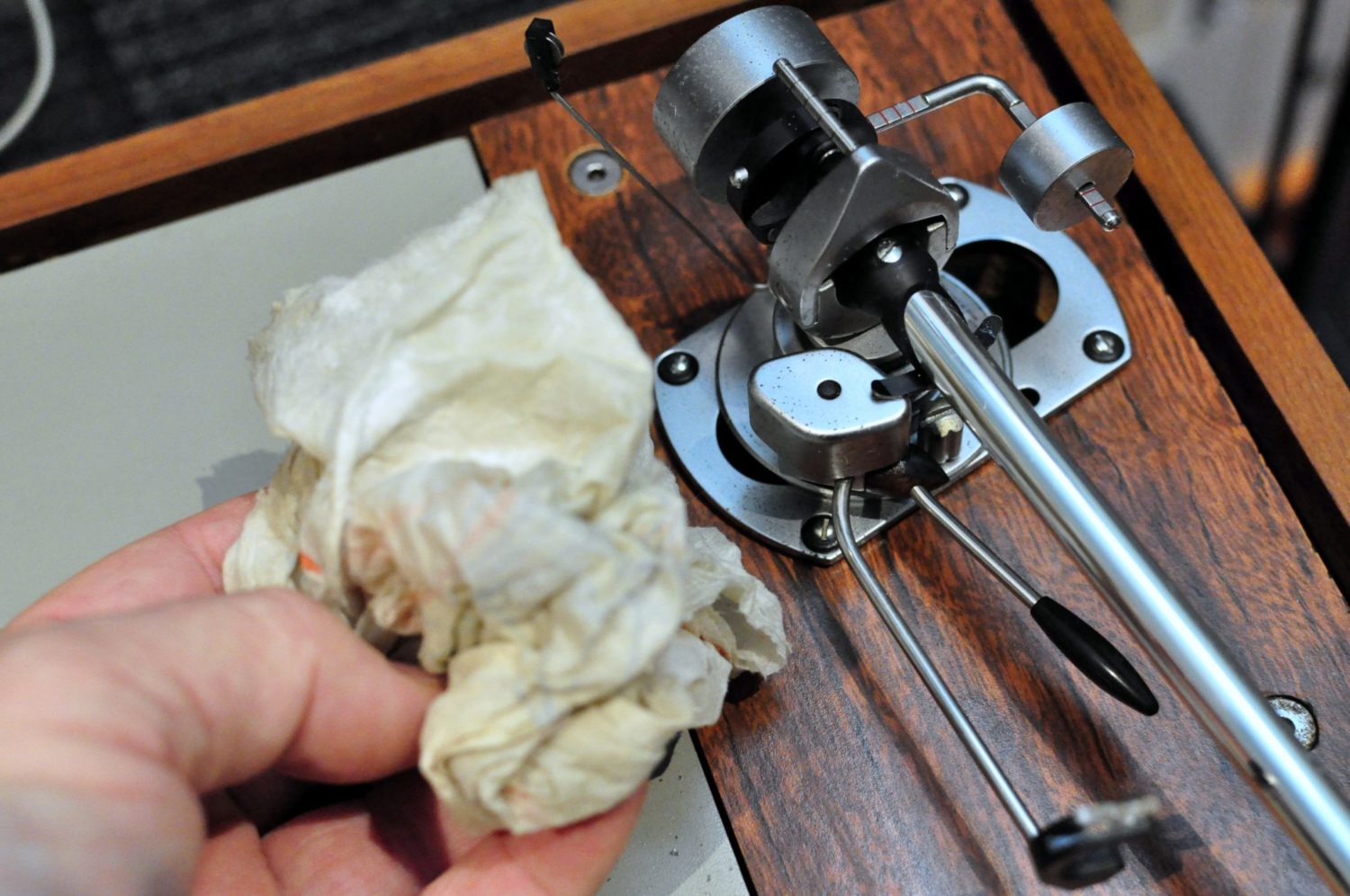
With all this done, I cleaned away the residue from the old and perished rubber belt. The old belt had broken down, leaving bits stuck to the pulley and hub that the platter sits upon. I also carefully cleaned the tonearm and re-tensioned all the screws and fasteners I could easily gain access to.
Repair
Next up was to diagnose why the deck didn’t work. I checked the power supply and found that I had rails, but two larger electrolytic capacitors in the motor drive circuit had died and this meant that the motor would not run. I replaced these and sure enough, the motor now turned.
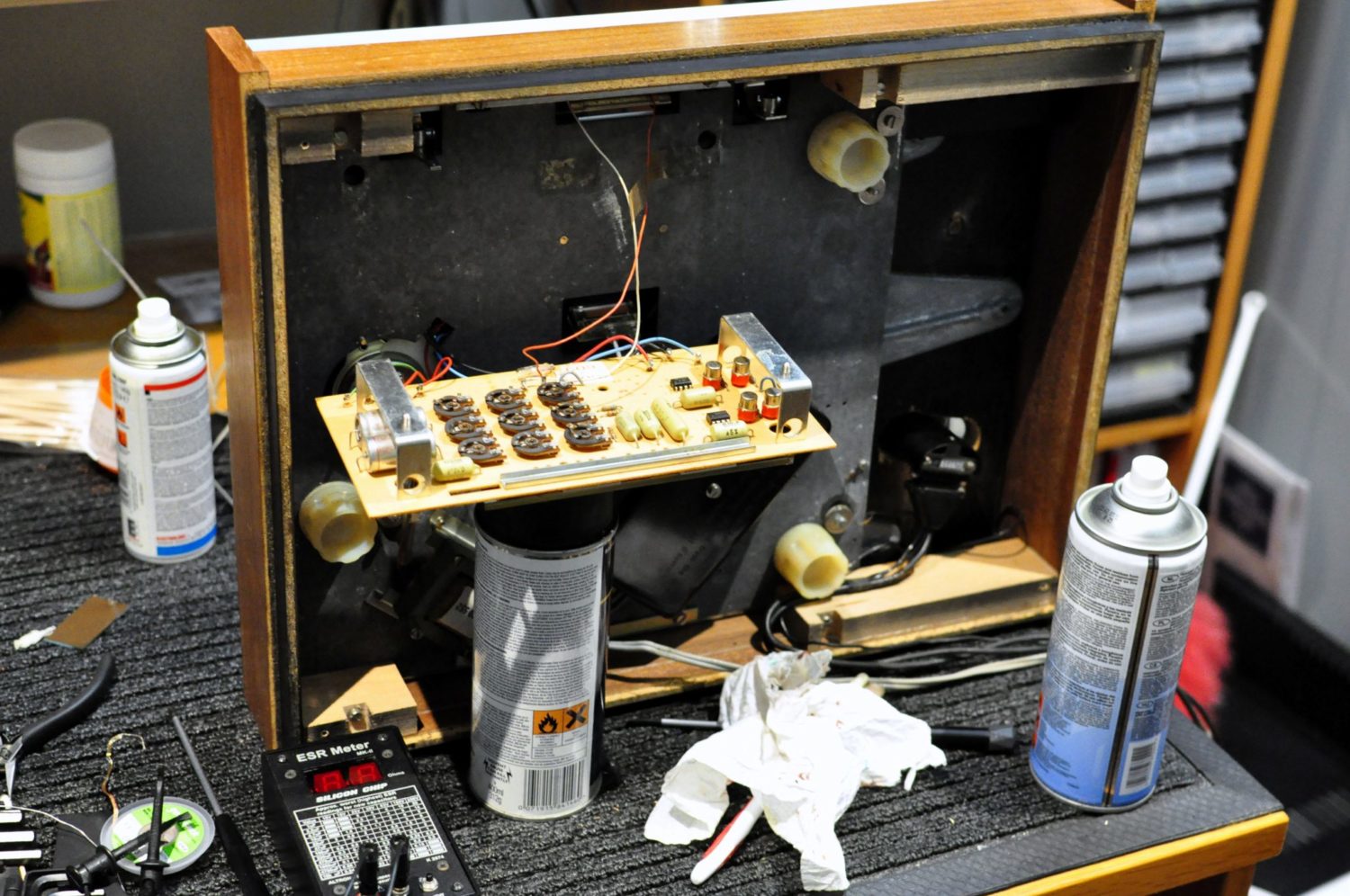
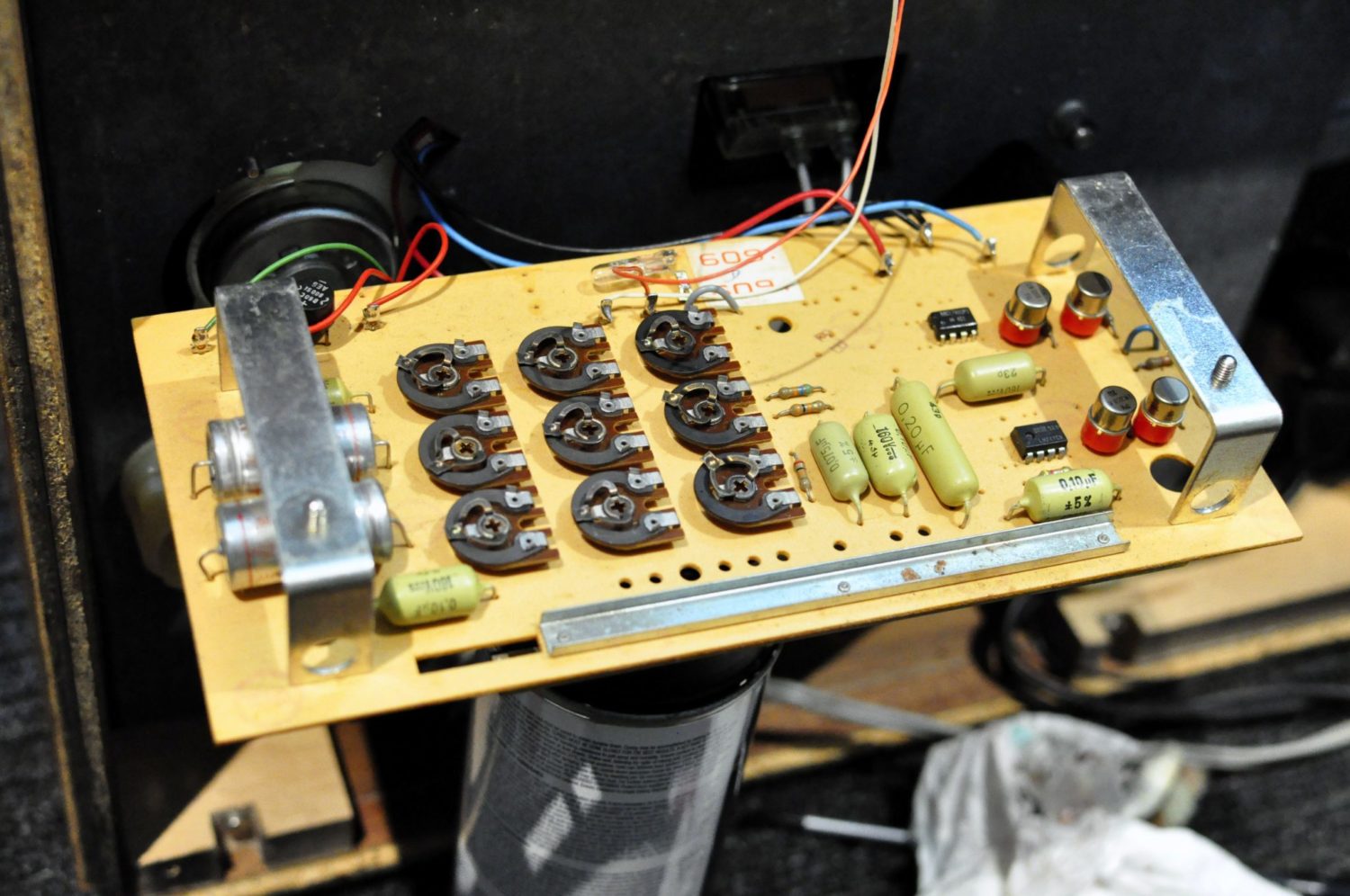
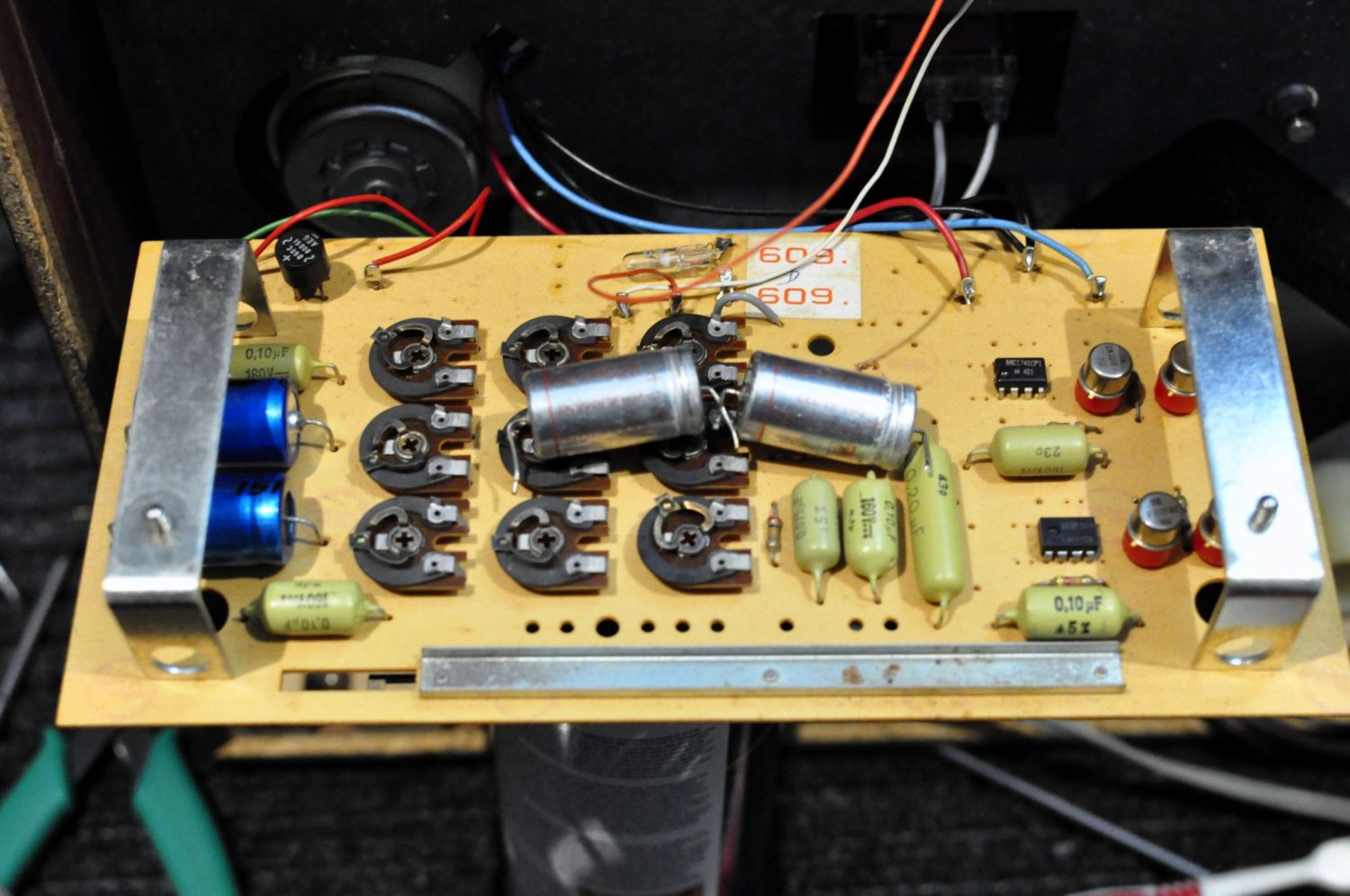
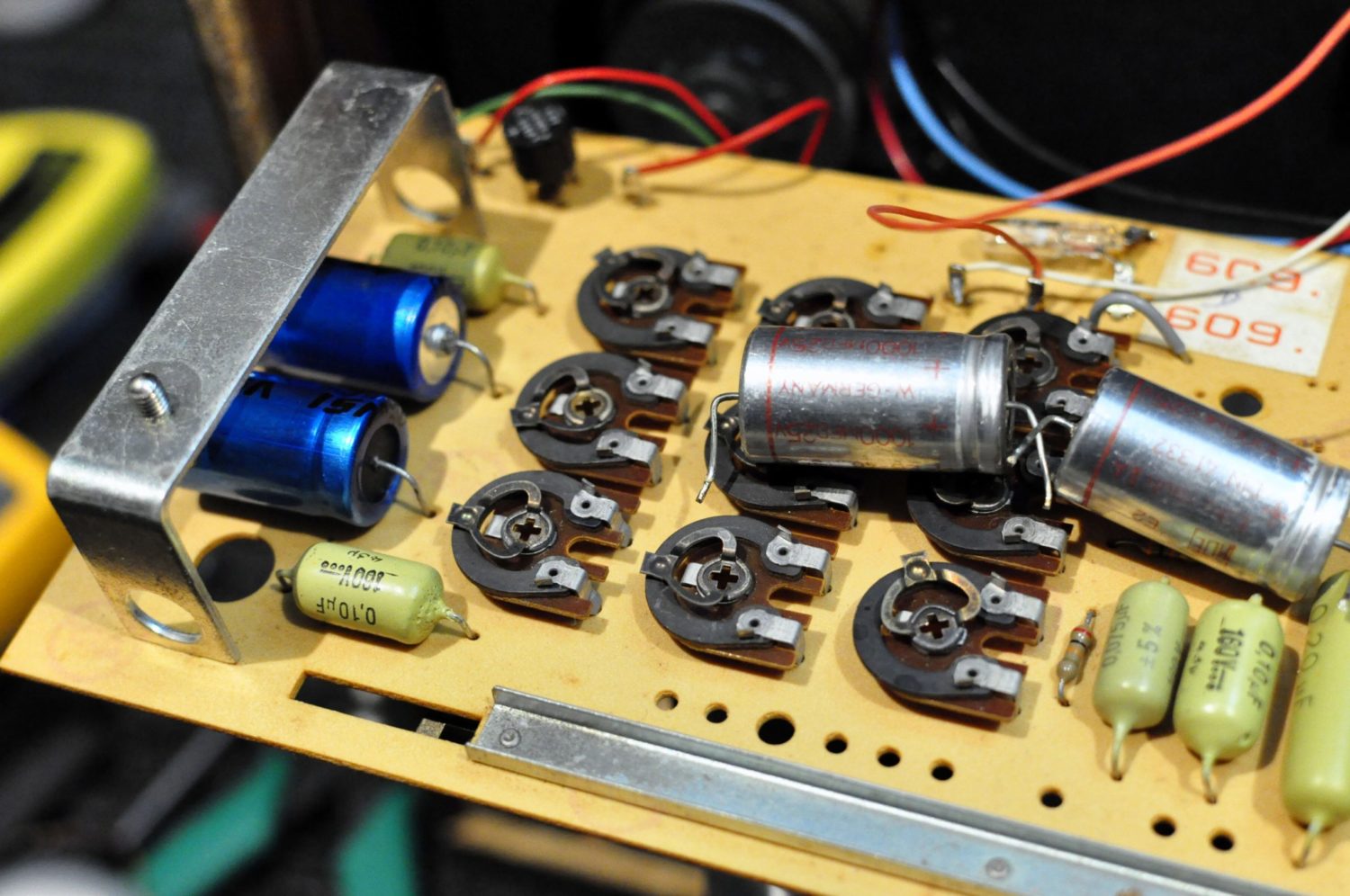
Service
The next step was to clean and re-lubricate the spindle bearing and any other mechanical bits that needed it. On a deck of this age, it’s likely that the spindle won’t have been re-lubed EVER and this was apparent when I removed the hub from the deck. The bearing was completely dry, so I cleaned the bearing and bearing well and added the correct amount of my special synthetic turntable bearing oil.
Next, I rigged the deck up with a new belt, replaced the platter and started the function testing and adjustment of rotational speeds. Motor phasing adjustment is critical in these decks. It sets the correct drive speeds and more importantly, minimises noise and vibration from the motor. This step is critically important or the motor won’t run smoothly.
Luckily the service manual explains the process fairly clearly, but you need an accurate DMM and some previous experience in working with electronics or you could really cause some problems by attempting this. I soldered some wires to the test points in order to maintain a good connection with them whilst juggling the deck, a screwdriver and watching the DMM.
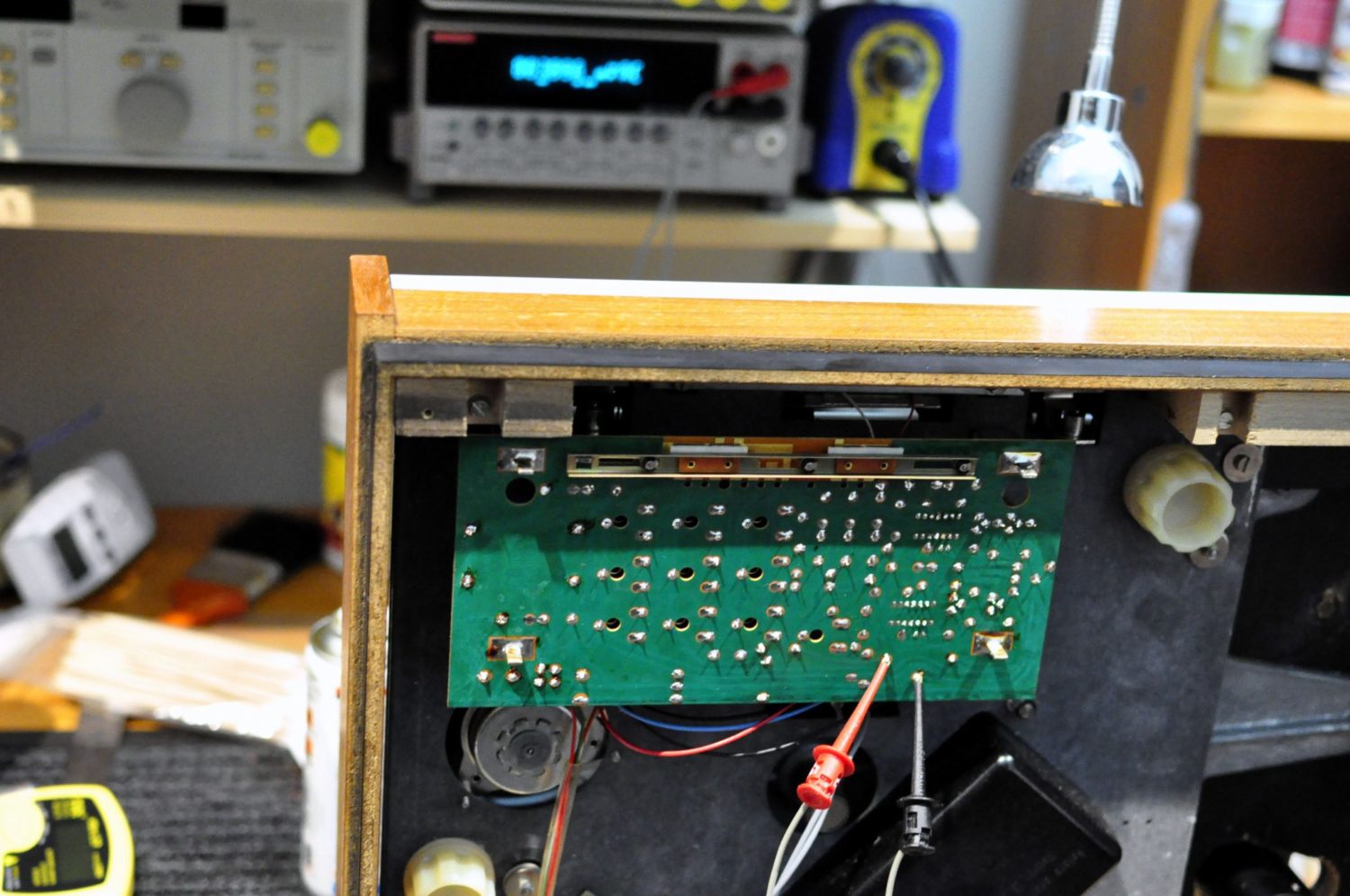
Almost done, I restored the strobe assembly, which was cloudy and not correctly aligned. To do this, I stripped the assembly and cleaned each component, before reassembling the parts and checking their alignment. Alignment is set with the platter and mat attached, as loading the suspension changes the alignment. Patience is needed here.
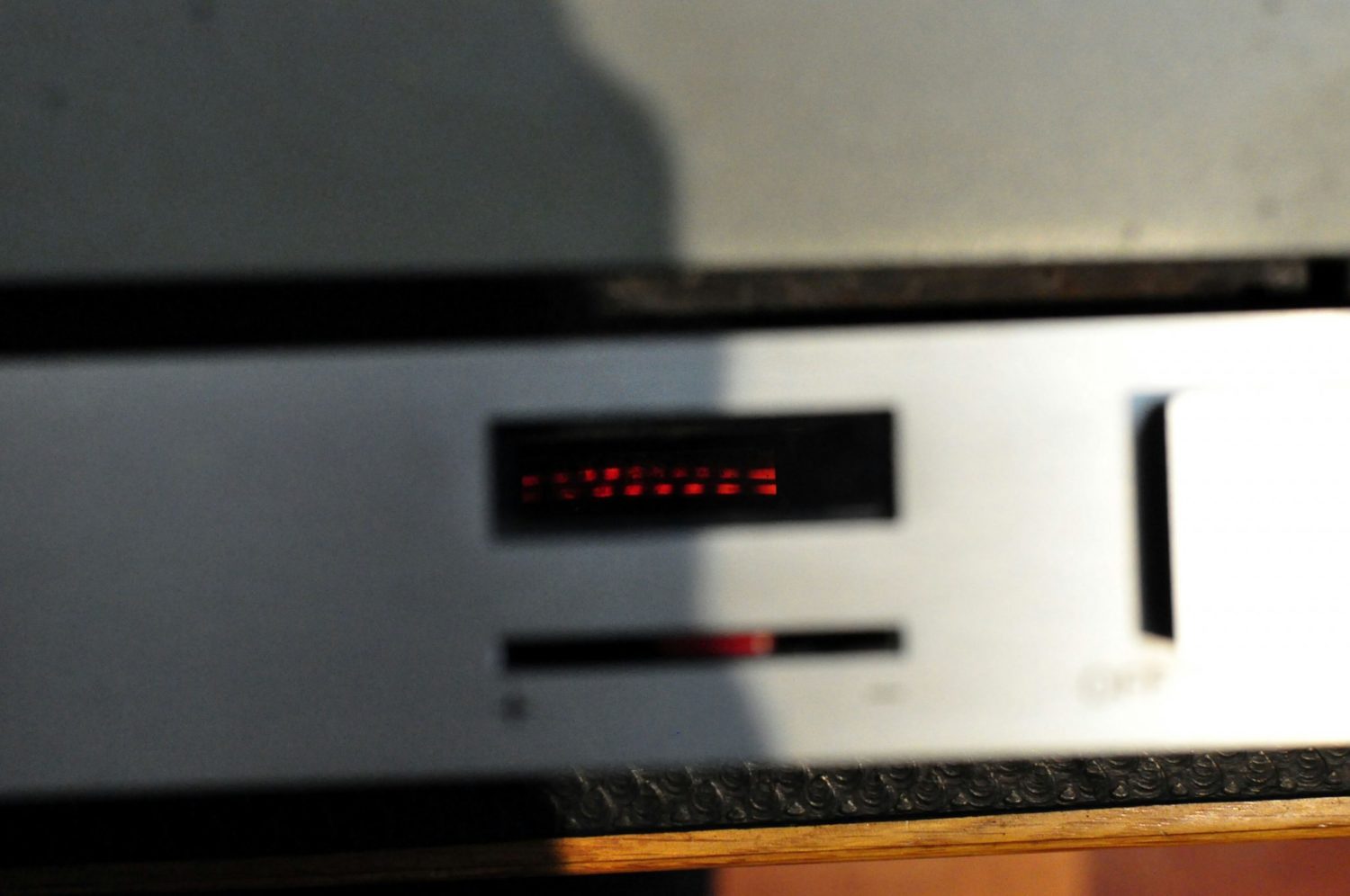
The final jobs were to carefully clean the stylus assembly of the original Shure V15 Mark 3 and align the cartridge correctly in the gorgeous SME 3009 tonearm. I adjusted all aspects of the tonearm, which was not well set up for the cartridge it was carrying. This was likely the result of my buddy and I partying too much all those years ago when we used to use Neil’s equipment in the basement of their old house.
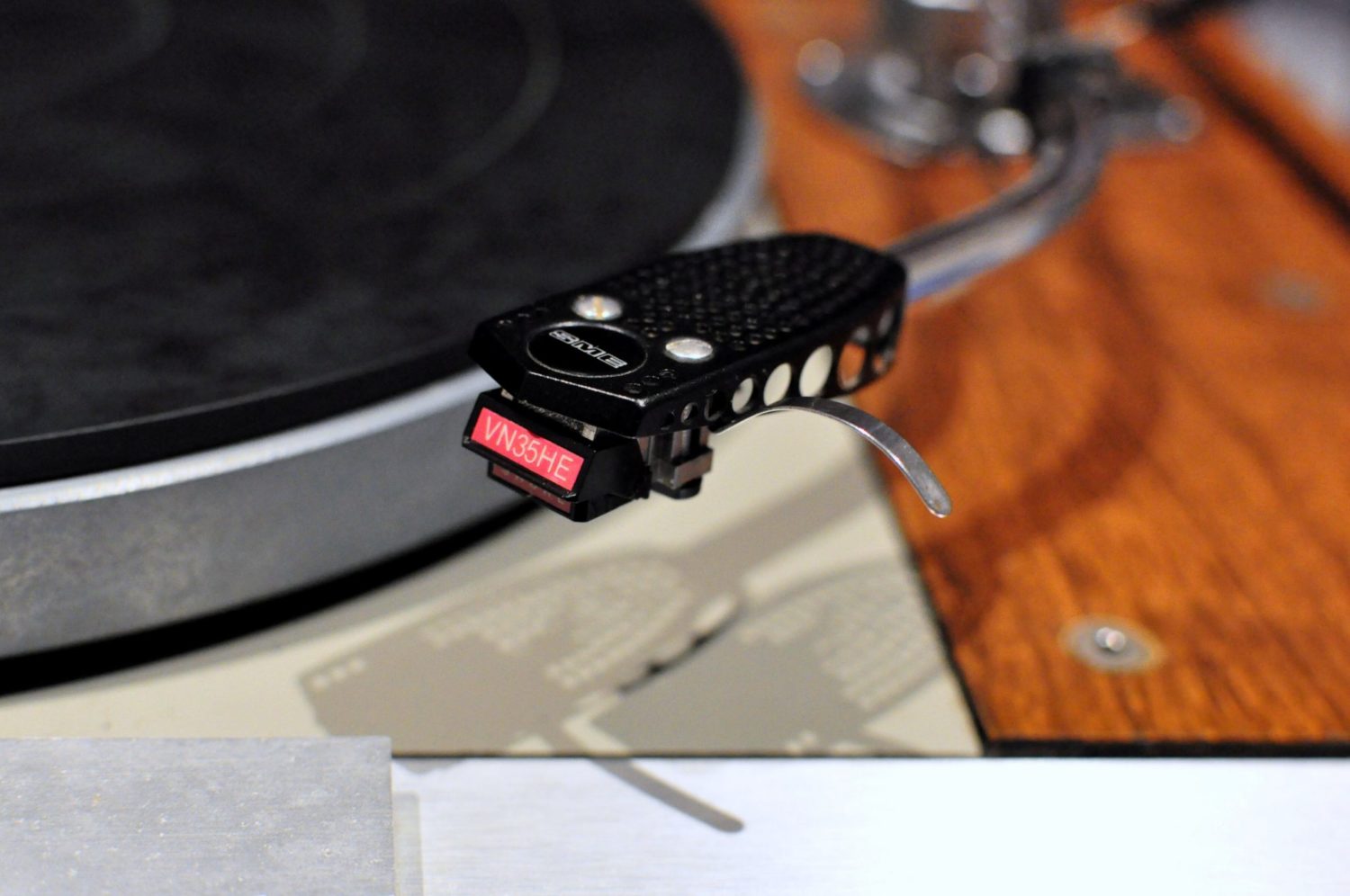
Results
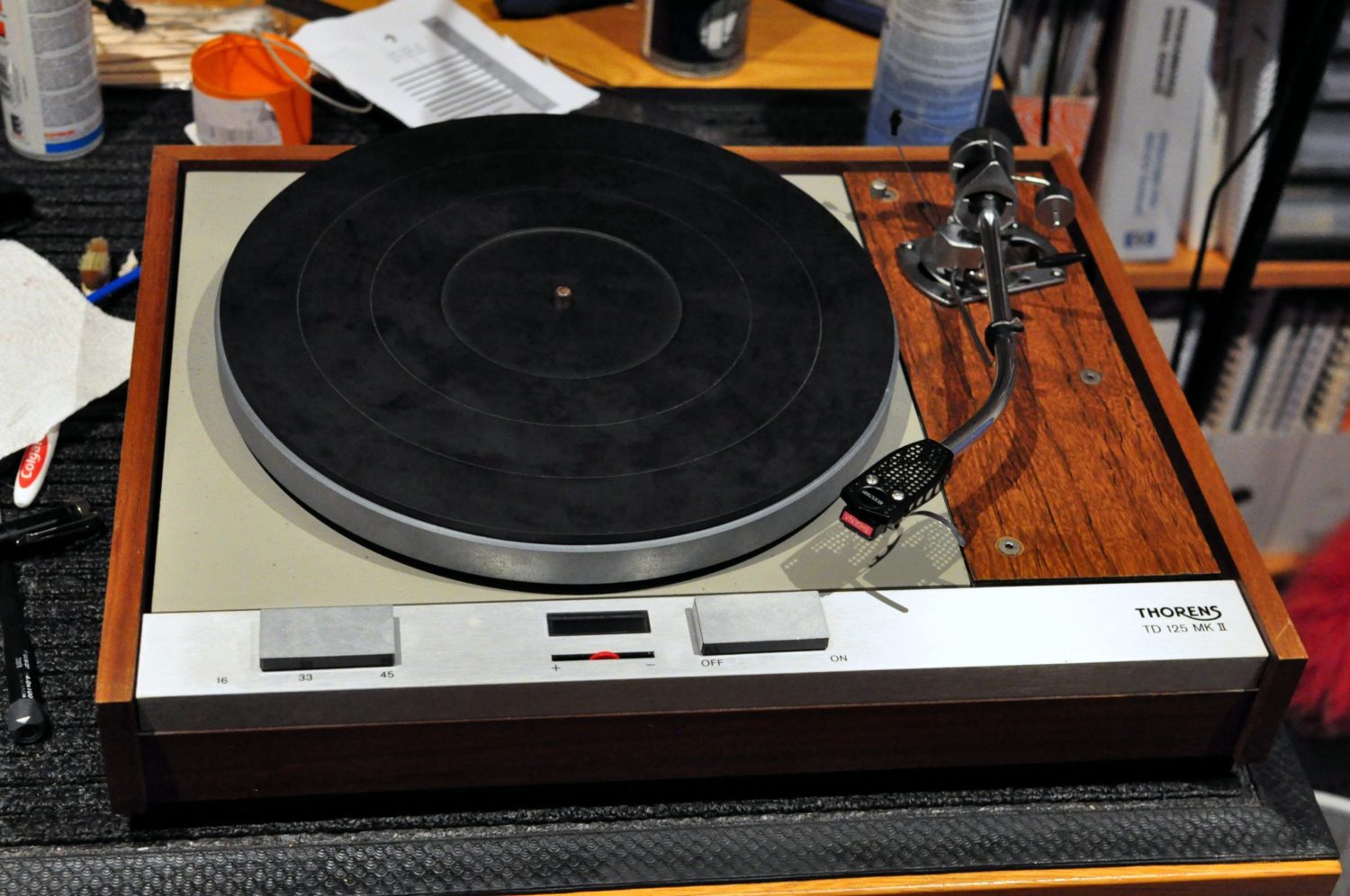
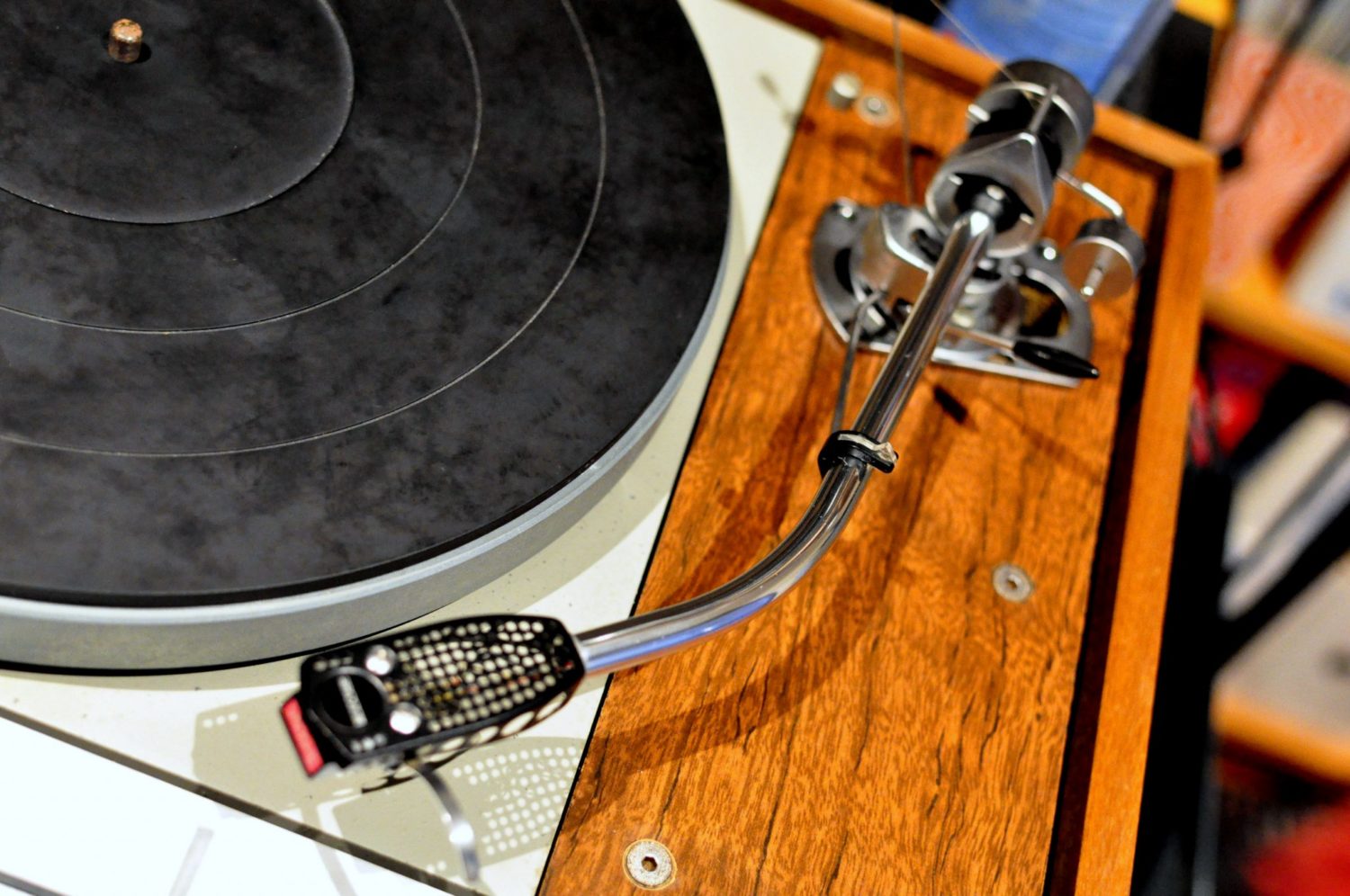
Anyway, the Thorens TD-125 performed absolutely beautifully once restored and now looks a million bucks. Neil told me just how thrilled he was with the result and he can now enjoy all his records once again.
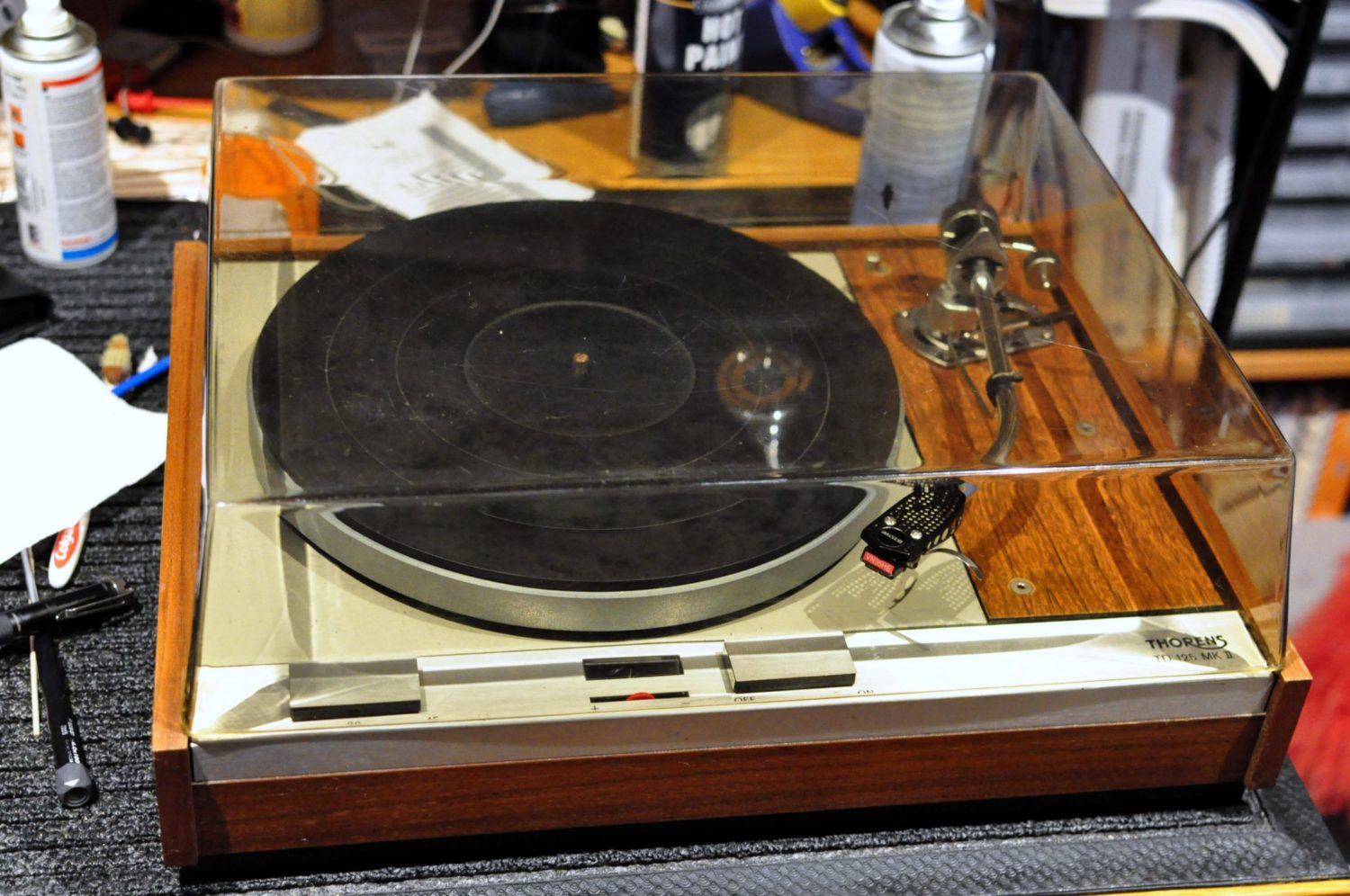
Discover more from LiQUiD AUDiO
Subscribe to get the latest posts sent to your email.

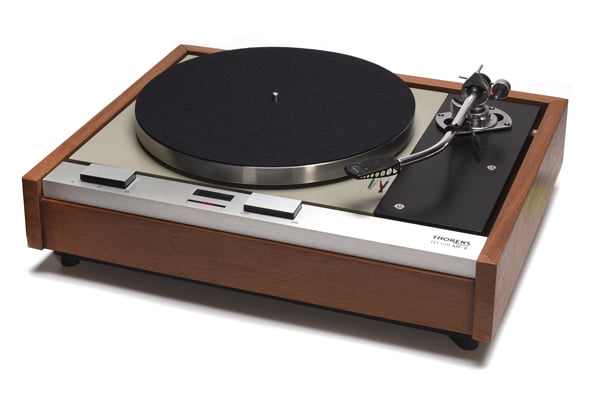

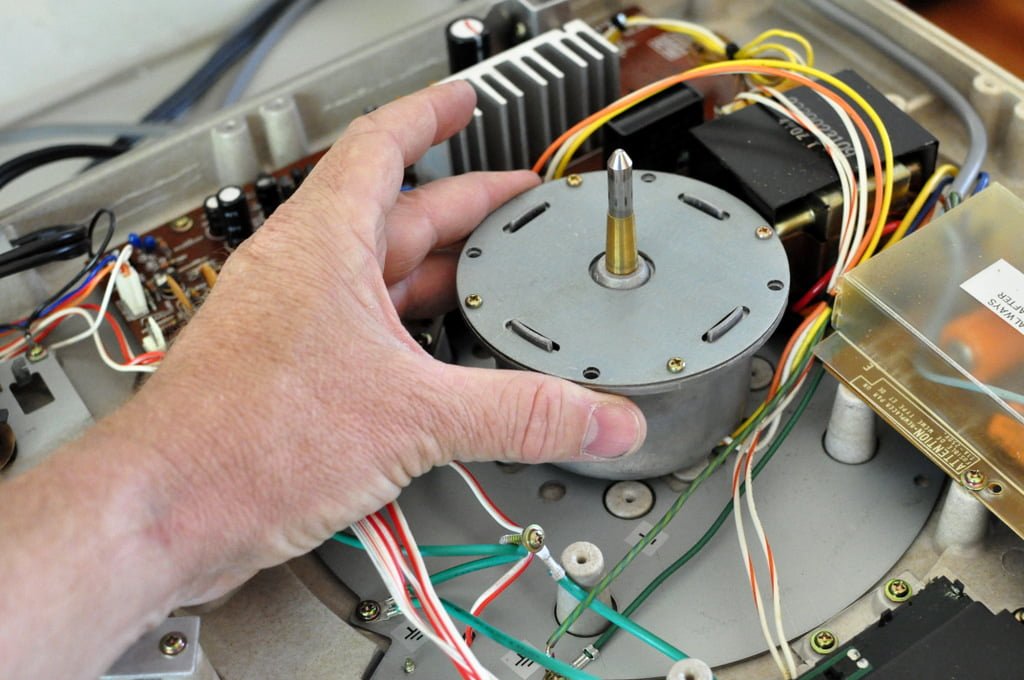
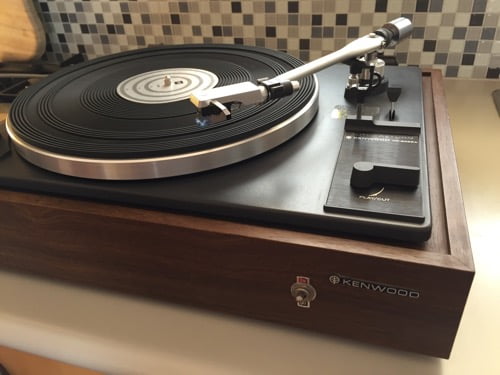
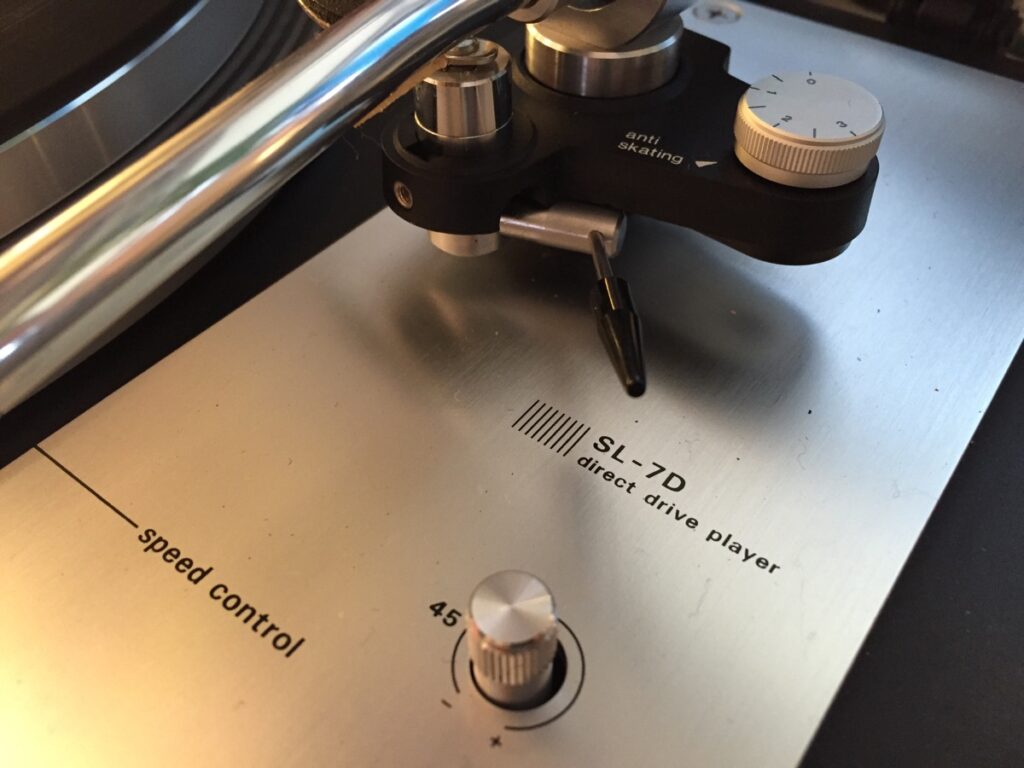
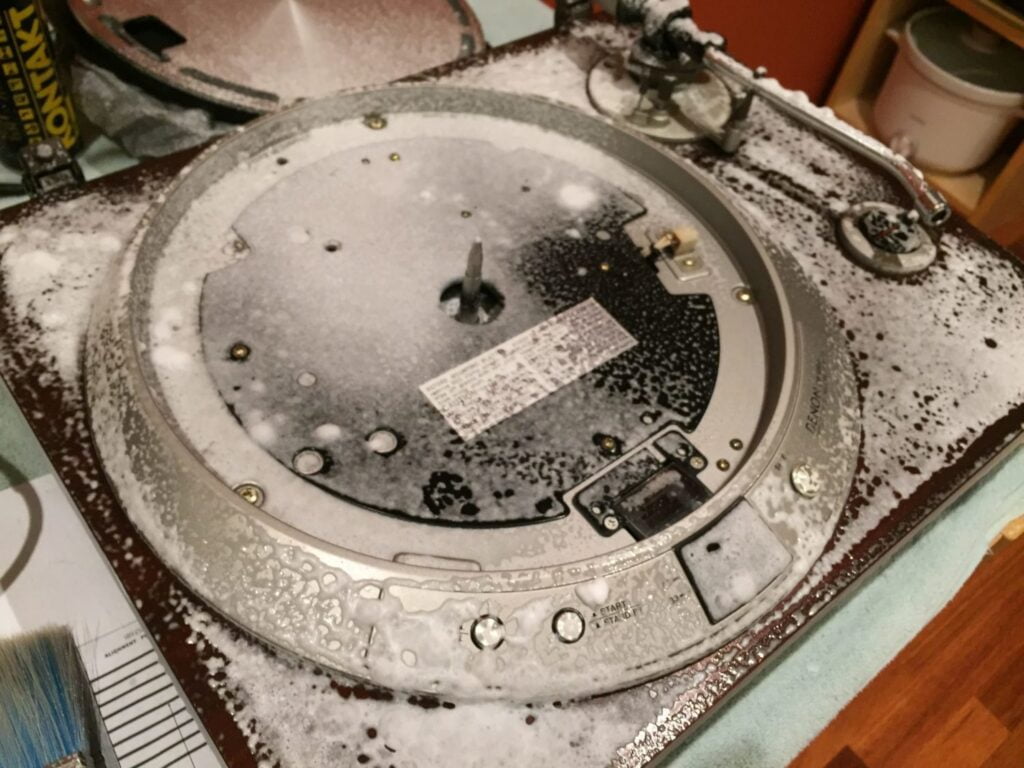
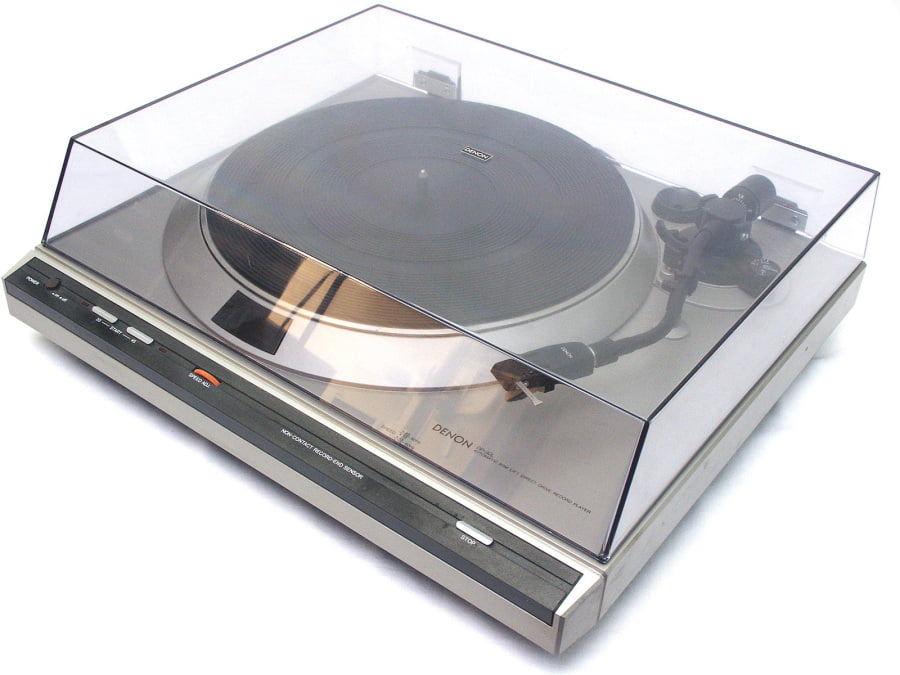
Lovely Thorens TD-125 you have restored.. I have done up a Thorens TD-160 which was rather stuffed. Now looks a treat . Nice turntables.
Hi there
Have a Thorens TD 318 in almost perfect condition, except for the lid
Does anyone know if the hinges can be removed at all, looks like they are welded on the bottom plate
Cheers
Manfred
Hi – I haven’t worked on this deck, but if it was put together, it can be taken apart. The hinges themselves may be a welded part, but they should be removable. I would need to see the deck to be certain though.
sounds like you know what you’re doing. I have a TD125 and the platform has sagged so that the platter drags on the platform. I’m thinking of disassembling it and heating it at a low temp to see if would return to its original shape. I would appreciate any advice you could give me because I hate the idea of disposing of it.Thanks in advance for any help you can lend.
Hi Thomas, I presume you are referring to the springs? You could try this, though this may affect the tempering of the springs. Another option would be to shim the springs, therefore adding the needed preload to them. You could also source new springs.
Thanks for this report. One correction, the tonearm illustrated is a 3009 S2 Improved, with fixed headshell. The Series 3 is quite different. In fact, my TD125 Mk 2, did come with a Series 3.
Hi David, absolutely right, not sure how that goof made it in there. I see one or two vintage SME arms a week, I actually own a Series 3 and I had it way before I even wrote this! Thanks for pointing it out!
Can you name reputable Thorens repair shops in the Chicago area?
Hi Bill, thanks for stopping by. I don’t have that kind of info to hand unfortunately but my advice is always the same whenever this question comes up: ring the best hi-fi store/s in Chicago and ask who they use for turntable work.
I bought my TD125 mk 2 in 1970’s and had it in storage for many years and when I tried it recently no motor activity. Your article got me into action and repacing the capacitors solved that problem. that revealed a problem – a bent spindle from the motor. Disaster ensued when I tried removing the spindle which snapped in 2 rendering my whole unit useless and me very sad. Lessen learnt the hard way.
Question – is the Australian version of the motor universal if I have any luck in sourcing a used one or do I need a local one only (reducing the chances substantially). Anyone who just might have a motor for sale can email albyd999@gmail.com
My motor makes a grinding noise now that the spindle is removed.
Thanks for your article, game me a few days of enjoyment before I self destructed.
Hi Allan, thanks for your qustion and you are very welcome, I’m glad the article was helpful. Our advisory service is perfect for questions like this and available via the contact page. If you live in or around Perth, you can always book your equipment in for the very best care and to avoid scenarios like this. Thorens TTs generally use the same motors irrespective of region. Bearings can be very problematic in Thorens motors too, something to keep an eye out for.
Hello!
I have another speed controller circuit board with fewer holes for adjustment.
I see the image of the board on some sites, but I need tho know how ( where) to measure for adjusting settings.
Strangely enough, I can not find the concerning inf.
Best regards,
Hugo
I have the same One turntable with the same arm SME 3009 but now I put the arm on my other Kenwood kd 500 and It plays wonderful.Now I restore the Thorens 125 mkII but I don’t know wich One i’ll sell.
What do you think about? Wich One Is the best?
Than you for your blog I follow you Always from Italy
Thank you Paolo, I would keep both if you can as both are beautiful machines and play records very well! This equipment is only increasing in value.